How to Plan a Camping Trip: Decide the Type of Adventure
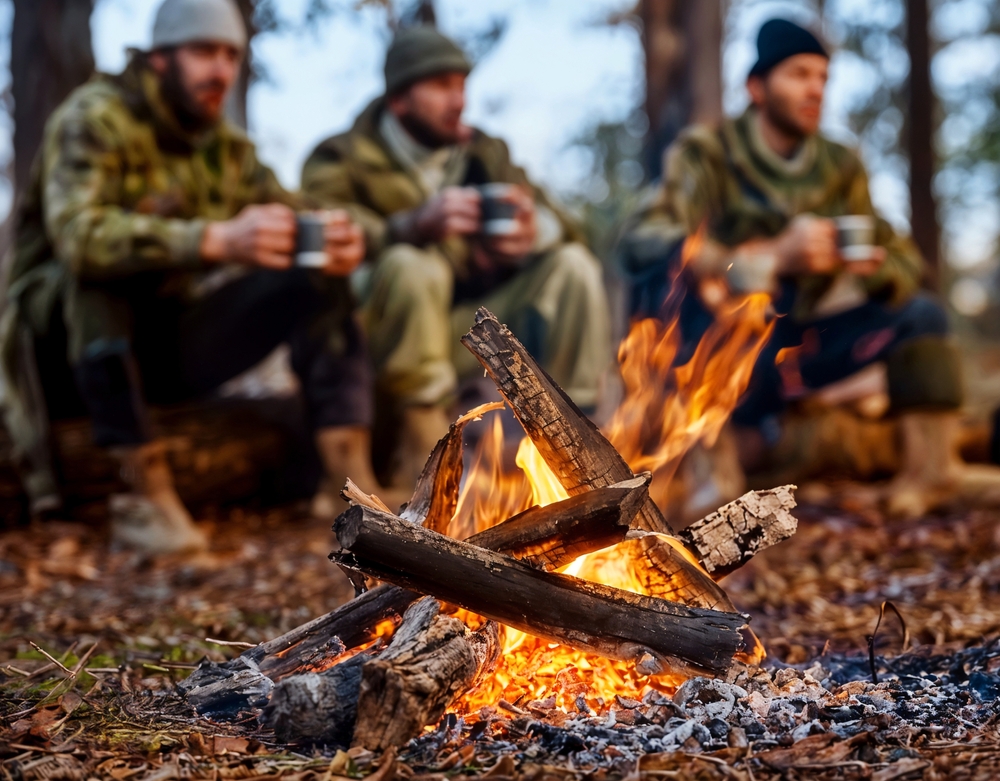
Photo by Belian Studio via Shutterstock
Start by choosing the style of trip. Tent camping is flexible and affordable. Car camping keeps things simple because you sleep in a tent near your vehicle. Trailer camping adds comfort and speed, but needs towing skills and storage space. Your choice sets the tone for the whole plan.
Think about who is coming. A family trip needs space for kids to sleep and play. A couple’s trip may focus on views, quiet, and good coffee. A group trip needs clear roles for meals and gear. Match the style to the people first.
Consider your comfort needs, too. If you sleep cold, invest in a warm bag and pad. If you want shade and rain cover, bring a shelter or tarp. If you want a faster setup, look at gear that packs and deploys in minutes.
Be honest about your time as well. If you only have a weekend, keep the drive short and the plan light. This simple choice is a core step in how to plan a camping trip that actually feels like a break.
How to Plan a Camping Trip: Choose Your Destination
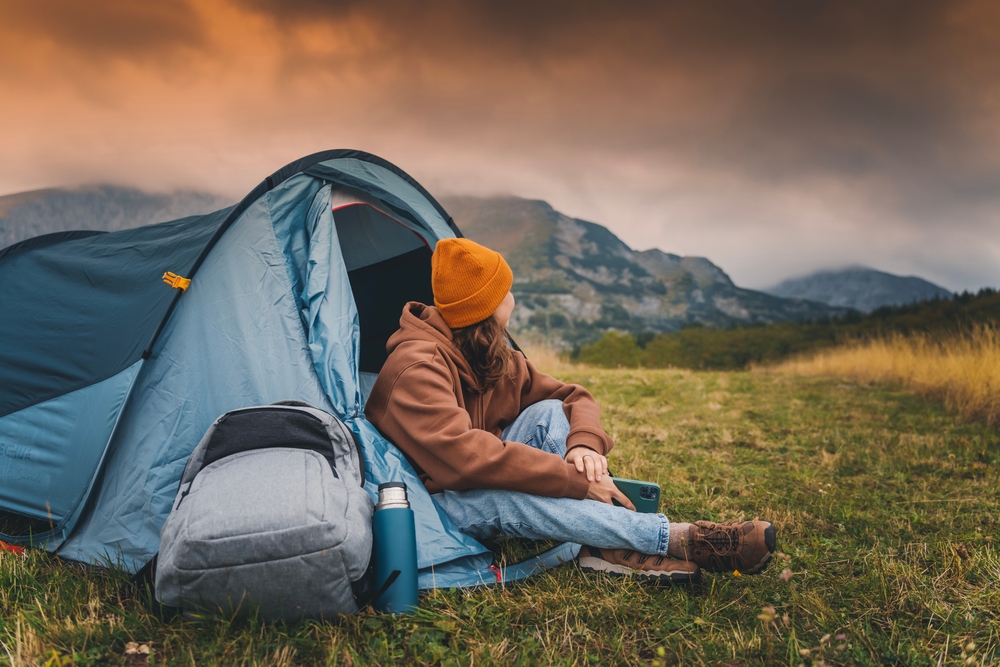
Photo by Olezzo via Shutterstock
Start by picking a destination that fits your style and skill. State parks offer bathrooms, water, and marked sites. National forests often allow dispersed sites with more space and quiet. Private campgrounds can add showers and small stores. Each has tradeoffs.
Start close to home when you’re just starting out. A two-hour drive leaves you more time to set up and relax. It also makes it easy to bail if the weather turns. Early wins build confidence. That is a smart move when learning how to plan a camping trip.
It’s crucial to check amenities before you book or go. Do you need potable water? Are fires allowed? Are there bear boxes? Read recent reviews and call the ranger station if you have questions. Local updates can save a trip.
Match the place you camp to the plan. If you want to hike, camp near trailheads. If you want to fish, choose lakes or rivers with easy access. If you want stargazing, look for dark sky areas. A clear goal makes every other choice easier.
How to Plan a Camping Trip: Pick the Right Time and Duration
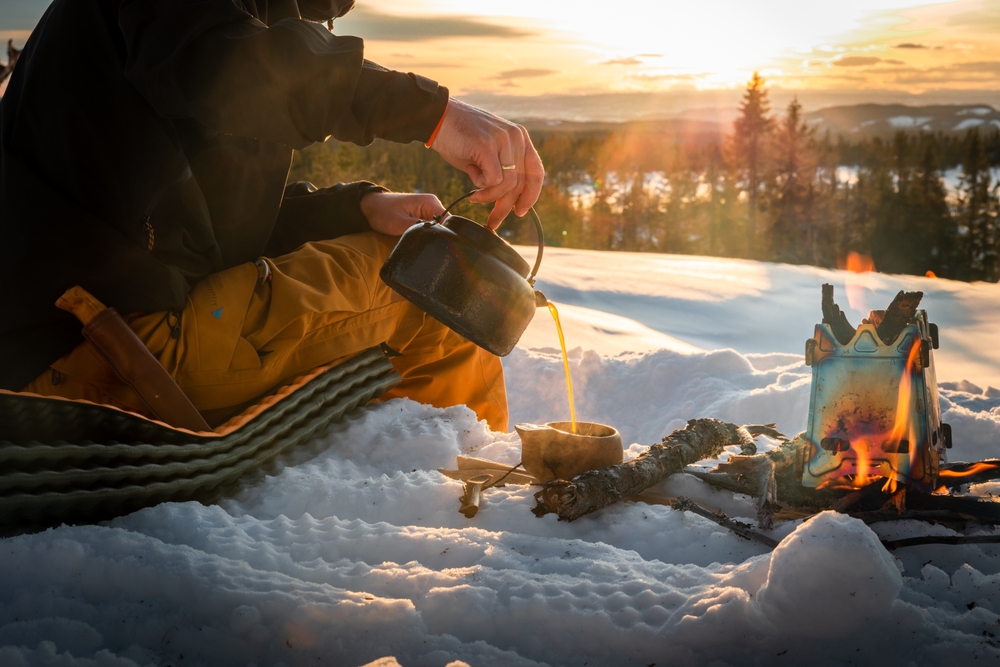
Photo by Kjetil Alm-Kristiansen via Shutterstock
Choose a time that fits the season and your schedule. Spring brings cool nights and fewer bugs. Summer has long days and warm swims. Fall offers crisp air and golden light. Winter trips demand more skill but deliver quiet and beauty.
For your first outing, plan a one- or two-night trip. You will use all your gear and see what you like. You will also learn what you do not need. Short trips are the fastest way to improve.
Look at forecast trends, not just one day. Wind, fire restrictions, and road closures matter. Check sunrise and sunset. Daylight hours guide your travel and setup plan. This is a key detail in how to plan a camping trip that runs on time.
How to Plan a Camping Trip: Plan Your Gear and Shelter
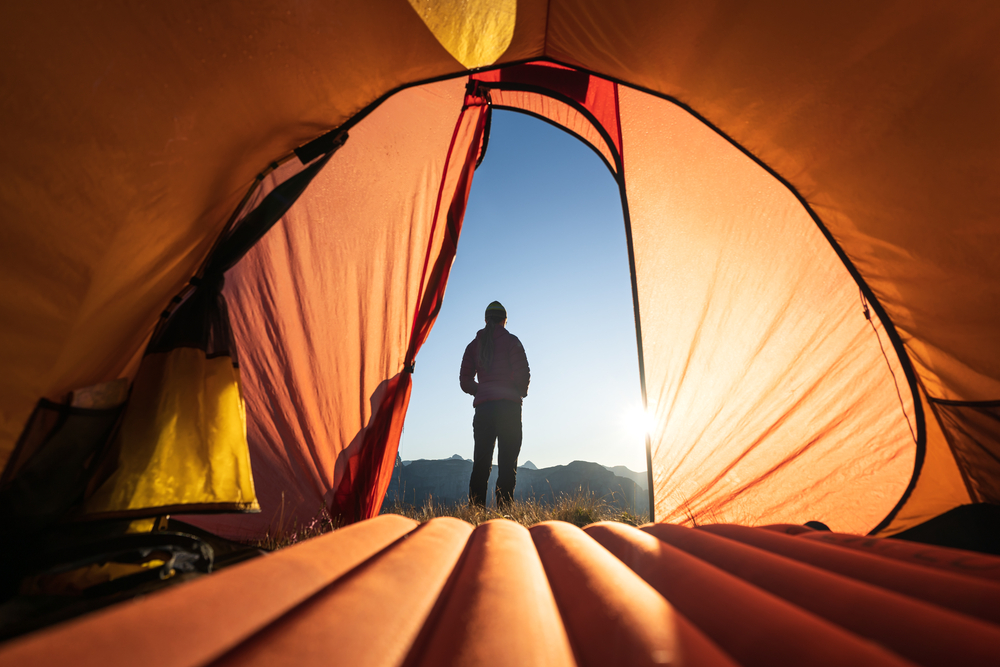
Photo by Sander van der Werf via Shutterstock
Start with the big three: shelter, sleep system, and clothing. A tent should fit your group and stand up to the wind. A sleeping bag should match the coldest expected night. A pad should insulate you from the ground. Clothing should layer for sun, wind, and rain.
Light and power come next. Bring headlamps for each person and spare batteries. Add a lantern for camp. A small power bank keeps phones and GPS units alive. If you bring a portable fridge, plan for battery power.
Cooking gear depends on your menu. A simple stove, one pot, one pan, and a good knife will handle most meals. Pack a lighter and waterproof matches. Include a small cutting board and a dish kit. Keep cleanup easy with a collapsible tub and a tiny bottle of soap.
Borrow before you buy, if you can. Ask friends for a test run with their tent or stove. Many outfitters rent gear. Trying gear first is a smart step in how to plan a camping trip that fits your budget and style.
How to Plan a Camping Trip: Organize Food and Cooking

Plan meals that are easy to prep and cook. Breakfast burritos, grilled sausages, and one-pot pastas work well. Pre-chop vegetables at home. Pre-mix pancake batter in a bottle. Keep snacks handy for the drive and for hikes.
Decide on a cooler or a fridge, too. A quality cooler with block ice can last a weekend. A 12V fridge brings more control but needs power. Either way, pack raw meat in leak-proof containers and keep it at the bottom.
Set a cooking zone that is safe and clean. Keep the stove away from tents and dry grass. Store food at night to deter animals. Bring a trash bag and a plan for dirty water. Wildlife safety is part of how to plan a camping trip that respects the land.
Assign roles if you camp with others. One person cooks, one cleans, one handles the fire. Clear jobs save time and reduce stress. It also makes camp feel like a team effort.
How to Plan a Camping Trip: Safety and Navigation
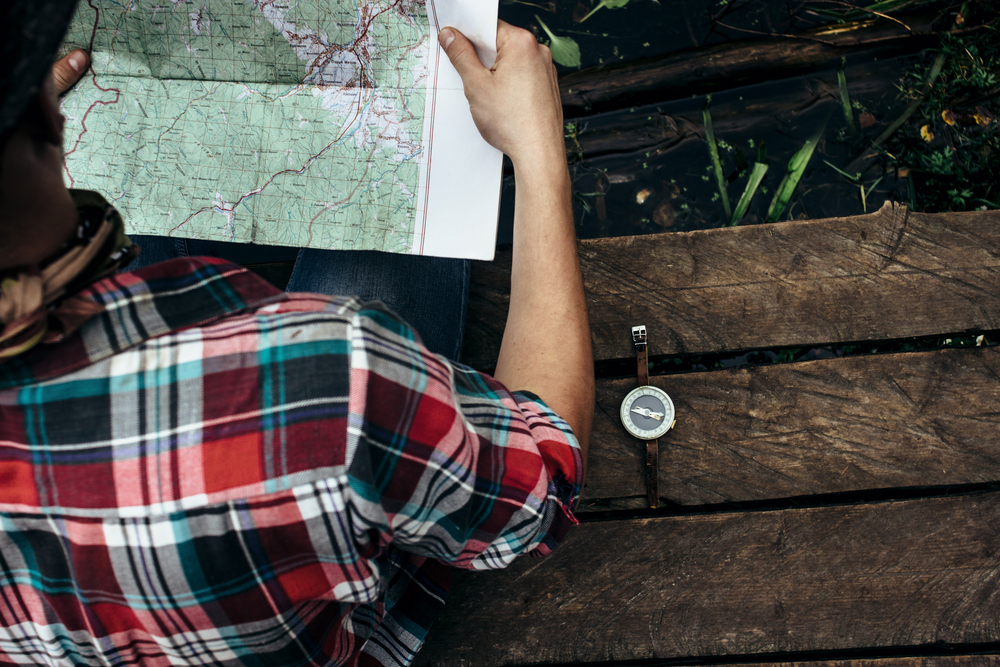
Photo by Bogdan Sonjachnyj via Shutterstock
Carry a first aid kit and know what is in it. Add your personal meds, blister care, and sunscreen. A small repair kit with tape, cord, and a multi-tool solves many problems. These items weigh little and matter a lot.
Navigation starts with a map. Paper maps do not run out of battery. Download offline maps on your phone too. A basic compass is a good backup. Mark your campsite before you explore.
Check local rules and risks. Fire restrictions change often. Some areas require bear canisters. Some roads close after rain or snow. Call ahead if you are not sure. This habit is central to how to plan a camping trip that avoids surprises.
Tell someone your plan. Share your destination, route, and return time. If you have a satellite messenger, bring it. If not, write details and text them before you lose service.
How to Plan a Camping Trip: Packing and Organization Strategy

Photo by AstroStar via Shutterstock
Organization makes camp life calm. Use clear bins for kitchen, sleep, and tools. Label each bin. Put daily-use items at the top. Keep headlamps and jackets where you can grab them fast.
Work from a checklist. Start it a week out and add to it each day. Pack the car the night before and leave gaps for last-minute items. This is a core part of how to plan a camping trip that feels smooth.
Color-code small bags for toiletries, first aid, and electronics. Use a dry bag for spare clothes. Keep a small “grab bag” with a knife, lighter, tape, and a tiny flashlight. This bag solves a dozen problems at once.
Practice setup at home. Pitch the tent and run the stove in the backyard. Time yourself. A fifteen-minute drill at home saves thirty minutes in camp. That is a real win for any plan.
Streamlining Your Setup with the Rustic Mountain Overland Patrol XCT

Good organization starts before you leave the driveway. The Rustic Mountain Overland Patrol XCT helps here because it keeps gear in fixed places. For example, the forward tongue box can hold a fridge, power system, and kitchen parts. Side access makes it easy to grab items without unloading the whole trailer.
A custom roof rack carries bulky gear like water cans, recovery boards, or a rooftop tent. The rear tailgate and tilting lid speed up loading and unloading. With thoughtful storage, you can pack once and roll out fast. That is a quiet boost to your plan.

The trailer’s layout reduces clutter in your vehicle as well. You can dedicate bins to food, tools, and sleep kits. When you reach camp, you know exactly where everything sits. Less searching means more time to relax.
If you want to streamline how to plan a camping trip, a well-organized trailer is a strong option. The Patrol XCT is not the only way to camp, but it does make prep and setup easier. It keeps gear protected, accessible, and ready for the next weekend.
Final Tips for a Smooth and Enjoyable Trip
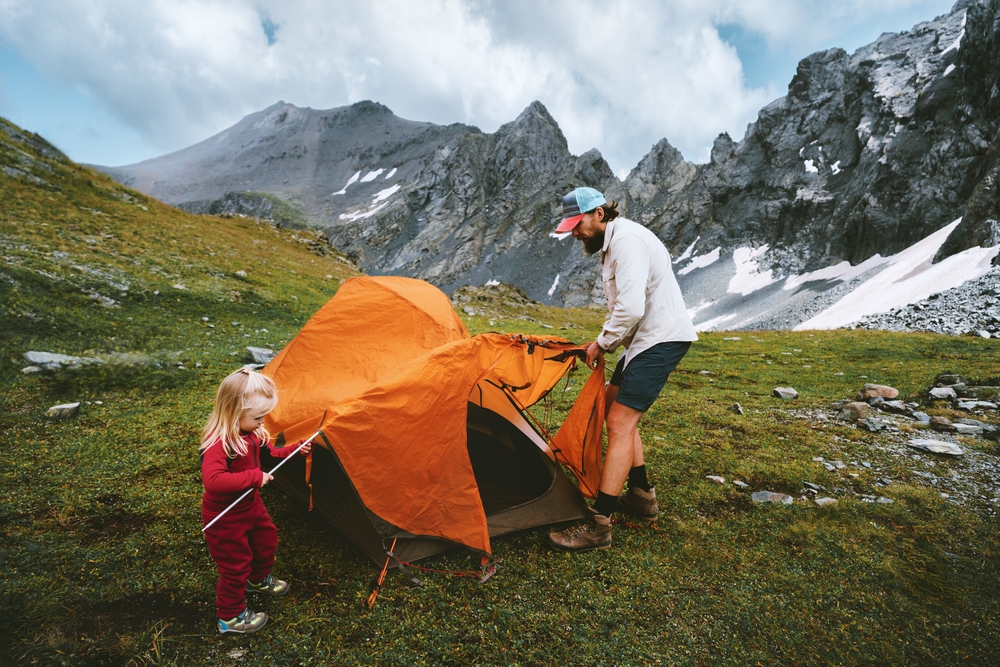
Photo by everst via Shutterstock
Start simple. Use what you have. Add gear only when you feel a real need. This approach keeps costs down and builds skill fast.
Arrive early and leave wiggle room. Weather, road work, and trail delays happen. A little buffer turns problems into small bumps. That mindset is part of how to plan a camping trip that stays fun.
After each trip, write a short review for yourself. What worked? What did not? What should you pack next time? This habit makes every trip better than the last!
FAQ
What is the easiest way to start camping?
Choose a nearby campground with bathrooms and water. Plan a one- or two-night trip. Keep meals simple and test your tent at home first.
What gear should I buy first?
Start with a reliable tent, a sleeping bag rated for the season, and a quality sleeping pad. Add a basic stove, headlamp, and first aid kit. Borrow or rent the rest at first.
How much food should I bring?
Plan three simple meals per day plus snacks. Pre-prep at home and pack extra dry goods like oatmeal, rice, and nuts. Aim for easy cleanups.
Do I need a trailer to camp well?
No. A trailer is optional. A model like the Rustic Mountain Overland Patrol XCT can speed packing and setup, but you can camp well with a car and a tent.
What if it rains during my trip?
Bring a tarp or shelter, dry bags for clothing, and a way to keep your sleeping area off wet ground. Adjust the plan and embrace slower moments under cover.
How do I keep gear organized?
Use labeled bins, color-coded pouches, and a master checklist. Keep a small grab bag with tools and fire starters. Pack the vehicle the same way each time.
How far in advance should I book?
Popular parks can fill months ahead. For first trips, choose flexible dates or nearby sites. If you are going to public land with dispersed sites, still check local rules and fire updates.
How can I learn navigation basics?
Carry a paper map and a compass and practice at home. Download offline maps to your phone. Mark your camp before exploring and note key junctions.
Is there a simple checklist for beginners?
Yes. Split it into shelter, sleep, clothing, kitchen, water, safety, and tools. Print it or keep it on your phone. Update it after each trip.
What is the single best tip for how to plan a camping trip?
Decide the trip style first, then match the destination, time, and gear to that choice. This one decision makes every other step easier.
A quick heads-up: If you snag something through our affiliate links or check out our sponsored content, we might earn a commission at no extra cost to you. But fear not, we’re all about recommending stuff we’re truly stoked about!




